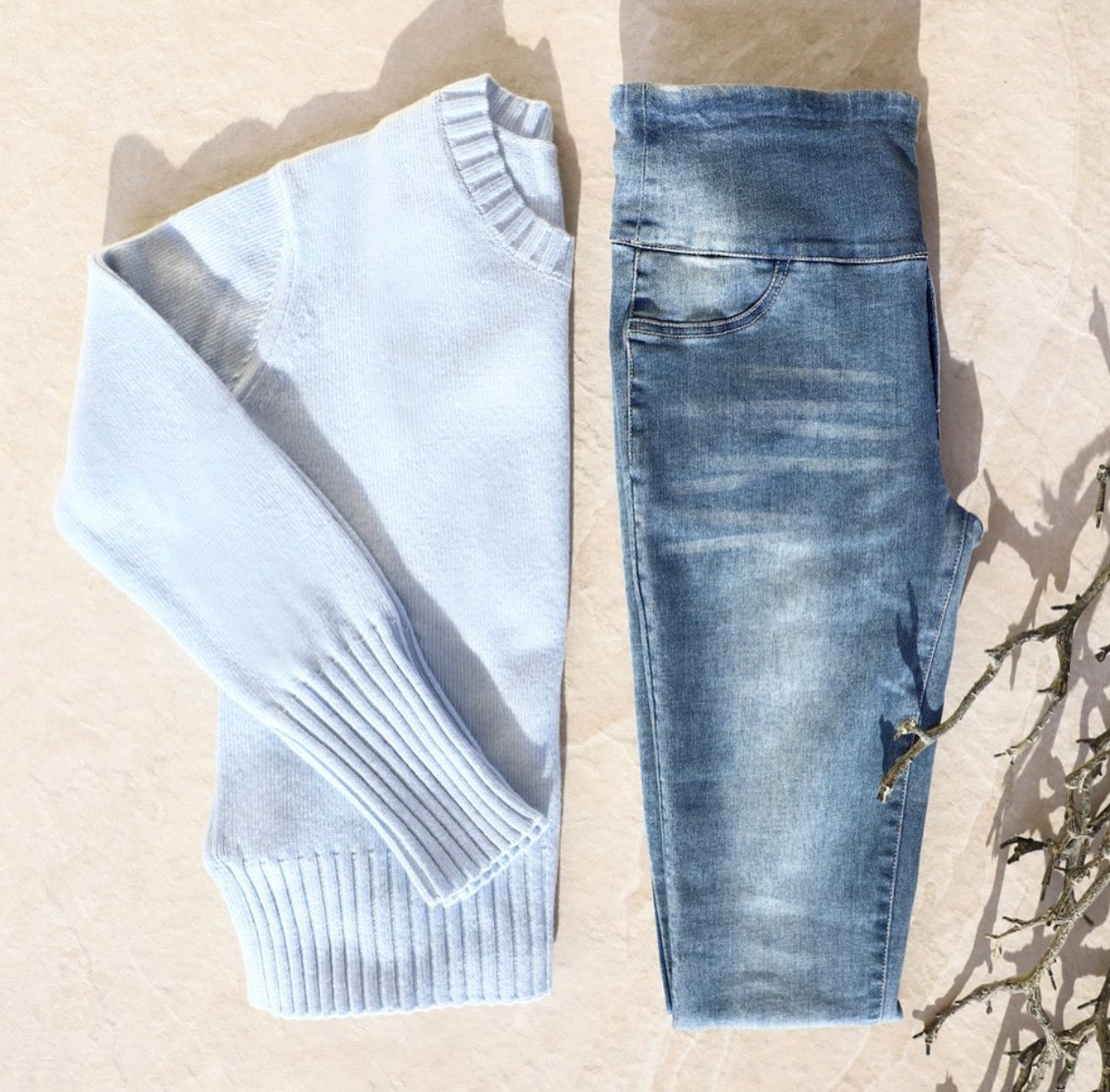Baby hiccups are a common occurrence and are usually harmless. These small spasms in the diaphragm often happen after feeding or when a little one swallows air. While they might seem concerning, they rarely cause discomfort to the baby.
At Peachymama, we understand that new parents often seek ways to soothe their little ones. Hiccups can be triggered by feeding too quickly or overeating. Keeping your baby upright during and after meals can help reduce the chances of these spasms.
Most episodes resolve on their own, but there are simple techniques to ease them. Gentle burping or using a pacifier can relax the diaphragm. We at Peachymama are here to support you with practical tips and trusted advice for your parenting journey.
In this article, we’ll explore the causes of baby hiccups and share effective methods to calm them. Stay tuned for more insights to help you navigate this common yet manageable phase.
Understanding Why Newborn Have Hiccups
Understanding the physiology behind hiccups can help parents manage them effectively. These small spasms are caused by involuntary contractions of the diaphragm, a key muscle involved in breathing. When the diaphragm contracts suddenly, it forces the vocal cords to close quickly, creating the familiar "hic" sound.
The Role of the Diaphragm
The diaphragm plays a central role in hiccups. This dome-shaped muscle separates the chest from the abdomen and helps regulate breathing. In infants, the diaphragm is still developing, making it more prone to spasms. These spasms can be triggered by various factors, including swallowing air during feeding.
Common Triggers During Feeding
Feeding practices often contribute to hiccups in babies. Swallowing air while feeding can irritate the diaphragm, leading to spasms. Overfeeding or feeding too quickly can also increase the likelihood of hiccups. To reduce air intake, ensure your baby is latched properly during breastfeeding or uses a bottle with a slow-flow nipple.
Keeping your baby upright during and after feeding can help minimise air swallowing. Gentle burping can also release trapped air, reducing the chances of hiccups. By understanding these triggers, parents can take simple steps to manage this common occurrence.
Physiological Causes and Baby Hiccups Insights
The mechanics behind hiccups in infants are rooted in the diaphragm’s involuntary contractions. These spasms are a natural part of early development and are rarely a cause for concern. Understanding the physiological response can help parents manage these episodes effectively.
Diaphragm Spasms Explained
The diaphragm, a dome-shaped muscle, plays a central role in breathing. In infants, this muscle is still developing, making it more prone to sudden contractions. When the diaphragm spasms, it forces the vocal cords to close quickly, producing the familiar "hic" sound.
Research shows that each hiccup is associated with brain activity, highlighting its role in sensory development. These spasms are a normal part of early life, helping the brain map sensory inputs.
Excess Air and Overfeeding Effects
Feeding practices can significantly influence hiccups. Swallowing air during feeding can irritate the diaphragm, leading to spasms. Overfeeding or feeding too quickly can also increase the likelihood of these episodes.
To reduce air intake, ensure proper latching during breastfeeding or use a slow-flow bottle. Keeping your baby upright during and after feeding can also help minimise air swallowing.
Simple measures like gentle burping or using a pacifier can help get rid of hiccups naturally. These techniques relax the diaphragm and reduce spasms. Remember, hiccups are a common and harmless part of infancy, and most episodes resolve on their own.
Effective Soothing Techniques for Hiccups
Soothing a baby’s hiccups can be simple with the right techniques. These methods focus on calming the diaphragm and reducing spasms. By incorporating gentle routines, parents can help their little one feel more comfortable.
Burping Routines and Gentle Patting
Burping your baby is one of the most effective ways to ease hiccups. It helps release trapped air that may irritate the diaphragm. Aim to burp your little one during and after feeding to minimise discomfort.
- Burp bottle-fed babies after every 2-3 ounces.
- For breastfed babies, burp when switching sides.
- Use gentle patting on the back to encourage air release.
Consistent burping routines can help get rid of hiccups efficiently. This simple practice also reduces the chances of gas build-up.
Benefits of a Pacifier in Relaxing the Diaphragm
A pacifier can be a helpful tool to calm hiccups. Sucking on a pacifier relaxes the diaphragm, reducing spasms. This method is particularly useful when hiccups occur outside feeding times.
Choose a pacifier designed for your baby’s age and needs. Always ensure it’s clean and in good condition. At Peachymama, we understand the importance of practical solutions for parents navigating these early stages.
By combining these techniques, you can create a soothing routine for your little one. Remember, most hiccups resolve on their own, but these methods can provide comfort and relief.
Home Remedies and What Not to Do
Many parents turn to home remedies to soothe their little one’s hiccups, but not all methods are safe or effective. While some traditional practices may seem harmless, they can sometimes cause more distress or even pose risks to your baby. It’s essential to differentiate between medically sound advice and folk cures that lack scientific backing.
Risks of Traditional Folk Remedies
Certain traditional remedies, such as startling the baby or pulling their tongue, are not only ineffective but can also be harmful. These practices may cause unnecessary discomfort or even injury. For example, startling a baby to stop hiccups can lead to increased stress and agitation.
Another common remedy, gripe water, is often used to calm hiccups. However, it’s not recommended for young infants due to its unregulated ingredients. Excessive water intake can also be dangerous, as it may interfere with proper feeding routines or cause water intoxication.
- Avoid remedies that involve startling or pulling the baby’s tongue.
- Steer clear of gripe water unless advised by a doctor.
- Limit water intake to breastmilk or formula for infants under six months.
Always consult a doctor before trying any remedy that claims to help stop hiccups. What works for one baby may not be suitable for another, and professional guidance ensures your little one’s safety. Remember, most hiccups resolve on their own without intervention.
When to Seek Professional Medical Advice
While hiccups in babies are usually harmless, there are times when professional advice is needed. Most episodes resolve on their own, but certain signs may indicate a need for a doctor’s input. Recognising these signals can help parents take timely action and ensure their little one’s well-being.
Recognising Signs of Discomfort or Distress
Persistent hiccups or those accompanied by other symptoms may warrant a break in routine and medical consultation. Here are some signs to watch for:
- Hiccups lasting longer than two hours.
- Difficulty breathing or feeding during episodes.
- Blue tinge on the lips (cyanosis).
- Excessive crying or arching of the back after feeding.
If your infant shows any of these signs, it’s important to seek advice from a healthcare provider. While hiccups are generally harmless, these signals may indicate underlying issues such as gastroesophageal reflux (GER).
Parents should also monitor their baby’s overall behaviour. If hiccups seem to cause significant discomfort or disrupt sleep, consulting a doctor can provide clarity and peace of mind. Early intervention ensures your little one stays healthy and happy.
Feeding Practices and Prevention Tips
Feeding practices play a key role in managing and preventing hiccups in babies. By adopting simple techniques, parents can reduce the likelihood of these spasms and ensure their little one stays comfortable during and after meals.
Maintaining an Upright Feeding Position
Keeping your baby upright during feeding can help prevent hiccups. This position reduces the chance of air being swallowed, which often irritates the diaphragm. After feeding, hold your baby in an upright position for 10 to 15 minutes to minimise discomfort.
For bottle-fed babies, ensure the bottle is tilted at a 45-degree angle. This allows milk to flow steadily, reducing air intake. Breastfed babies should be positioned with their head slightly elevated to achieve the same effect.
Strategies for Reducing Air Intake
Reducing air intake during feeding can significantly lower the risk of hiccups. For bottle-fed babies, use a slow-flow nipple to control milk flow. Pace feeding by taking breaks every few minutes to allow your baby to swallow properly.
Burping your baby during and after feeding can also help release trapped air. For breastfed babies, burp when switching sides. Bottle-fed babies should be burped after every 2 to 3 ounces of milk.
Ensuring a proper latch during breastfeeding or using the correct bottle position may help prevent hiccups. These small adjustments can make a big difference in your baby’s comfort.
Expert Insights and Medical Reviews
Medical experts and researchers have extensively studied baby hiccups to provide evidence-based insights. These findings help parents understand the causes and safe management techniques. By relying on peer-reviewed studies and professional advice, you can navigate this common phase with confidence.
Peer-Reviewed Research Findings
Recent studies in paediatrics highlight that hiccups are a normal part of infant development. Research shows that these spasms are linked to the diaphragm’s involuntary contractions, which may also play a role in sensory development. Most episodes last for a few minutes and resolve without intervention.
Studies suggest that feeding practices, such as overfeeding or swallowing air, can trigger hiccups. Keeping your baby upright during and after feeding can reduce air intake. Experts recommend burping your little one every 2 to 3 ounces of milk to minimise discomfort.
Professional Recommendations on Soothing Baby Hiccups
Doctors and neonatologists emphasise safe and effective methods to soothe hiccups. Gentle burping, using a pacifier, and maintaining an upright feeding position are widely recommended. These techniques help relax the diaphragm and reduce spasms.
If hiccups persist for more than an hour, it’s advisable to consult a doctor. Persistent episodes may indicate underlying issues like gastroesophageal reflux. Most babies outgrow frequent hiccups by the time they reach 12 months of age.
Remember, hiccups are a natural part of infancy. By following expert advice, you can ensure your baby remains comfortable and happy.
How We at Peachymama Support New Mums
At Peachymama, we understand the challenges new mums face and are here to support every step of their journey. From practical advice to stylish solutions, we aim to make parenting easier and more enjoyable. Our commitment extends beyond clothing, offering resources that may help stop baby hiccups and other common concerns.
Our Commitment to Post-Pregnancy and Nursing Wear
As Australia’s first post-pregnancy and nursing wear specialist, we focus on high-quality designs that combine comfort and style. Our clothing is tailored to make breastfeeding easier, ensuring mums feel confident and supported. Whether it’s a chic nursing dress or a practical top, our range is designed with your health and convenience in mind.
We also provide tips and techniques to reduce feeding stress, which can minimise hiccups in some cases. Our products are crafted to support you through every stage, from the first month to beyond.
Visiting Our Website for More Support at Peachymama
For more helpful advice and articles, visit our website at Peachymama. Here, you’ll find a wealth of resources to guide you through early parenthood. From feeding tips to self-care strategies, we’re here to help you thrive.
- Explore our stylish and functional nursing wear collection.
- Access expert advice on managing common baby concerns.
- Join a community of mums who share their experiences and insights.
At Peachymama, we’re more than a brand—we’re your partner in this incredible journey. Let us help you feel confident, comfortable, and supported every step of the way.
Conclusion
Managing your little one’s hiccups can feel overwhelming, but understanding the basics makes it easier. Most cases are caused by diaphragm spasms or air swallowing during feeding. Simple techniques like burping or using a pacifier can help get hiccup relief quickly.
Keeping your baby upright during meals and ensuring proper latching can reduce the chances of these spasms. Remember, hiccups are a normal part of development and rarely cause discomfort. The vibration of the vocal cord during these episodes is harmless and often resolves on its own.
In rare cases, persistent hiccups may require professional advice. For most parents, adopting the right feeding practices and soothing methods is the best way to manage this common phase. At Peachymama, we’re here to support you with expert tips and practical solutions.
Visit our website for more insights and resources to help you navigate your parenting journey with confidence.


